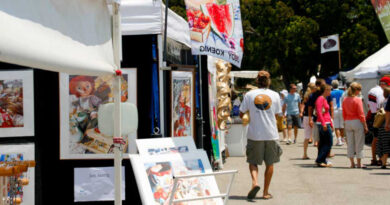History Of Minneapolis Minnesota
The city of Minneapolis, Minnesota, is a vibrant and diverse cultural center located in the heart of the Midwest. With a population of over 425,000 residents, it is the largest city in the state and one of the largest in the entire region. Its history is rich and complex, reflecting the challenges and triumphs of its people over the past two centuries.
The region that is now Minneapolis was originally inhabited by Native American tribes, including the Dakota and Ojibwe people. These groups were forced to cede their lands to the United States government in the mid-19th century, leading to the establishment of a settlement called Fort Snelling in 1819. The settlement was named after Colonel Josiah Snelling, who oversaw its construction and served as its first commander.
The area began to grow rapidly in the mid-1800s, as immigrants from Europe and other parts of the United States arrived in search of land and opportunities. The city was officially incorporated in 1867, and by the turn of the century it had become a major center for flour milling and other industries. The milling industry was so important to the city’s growth that it earned the nickname “Mill City,” and the Pillsbury and General Mills companies both got their start here.
Throughout the early 20th century, Minneapolis continued to grow and diversify, attracting new waves of immigrants from around the world. The city played an important role in the labor movement, with many workers organizing to demand better wages and working conditions. It was also a center of activism and social change, with leaders like Hubert Humphrey and Walter Mondale rising to national prominence.
In the 1960s and 1970s, Minneapolis faced many of the same challenges as other cities in the United States, including rising crime rates, racial tensions, and urban decay. However, it also underwent a cultural renaissance during this period, with new music scenes and arts movements emerging. The city became known as a center of punk and indie rock, with bands like The Replacements, Hüsker Dü, and Soul Asylum gaining national attention.
In recent years, Minneapolis has faced new challenges, including growing economic inequality and tensions between police and the community. The city has also emerged as a leader in the fight against climate change, with a commitment to reducing its carbon footprint and promoting sustainable living. Despite these challenges, Minneapolis remains a thriving and dynamic city, with a rich cultural heritage and a strong sense of community.
The history of Minneapolis, Minnesota, is a testament to the resilience and creativity of its people. From its Native American origins to its status as a major cultural and economic center in the Midwest, the city has faced many challenges over the past two centuries. However, it has also played an important role in American history and contributed to the country’s social and political evolution. As Minneapolis continues to evolve and change, it will no doubt remain a vital and dynamic part of the American landscape.
Discover more from City Towner
Subscribe to get the latest posts sent to your email.




